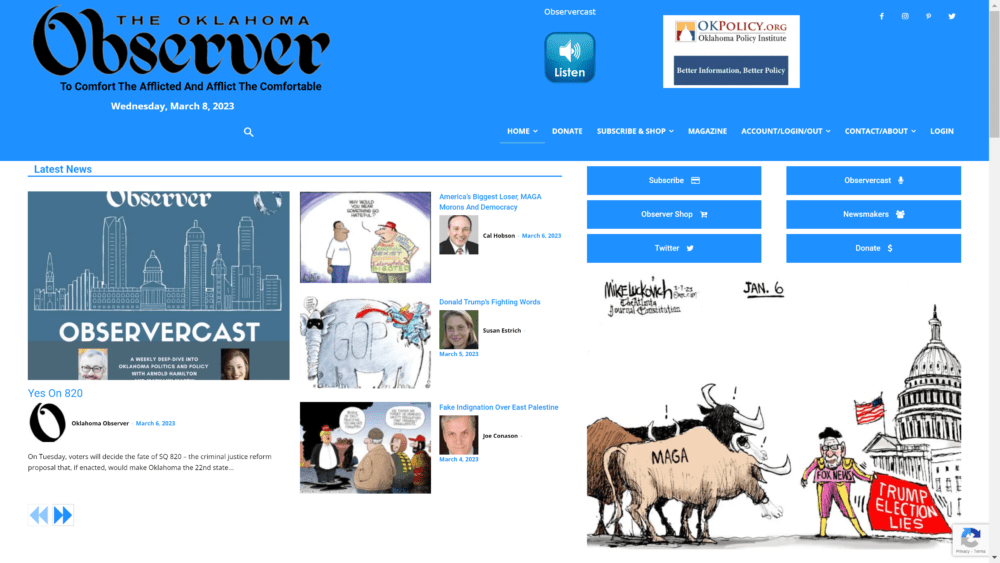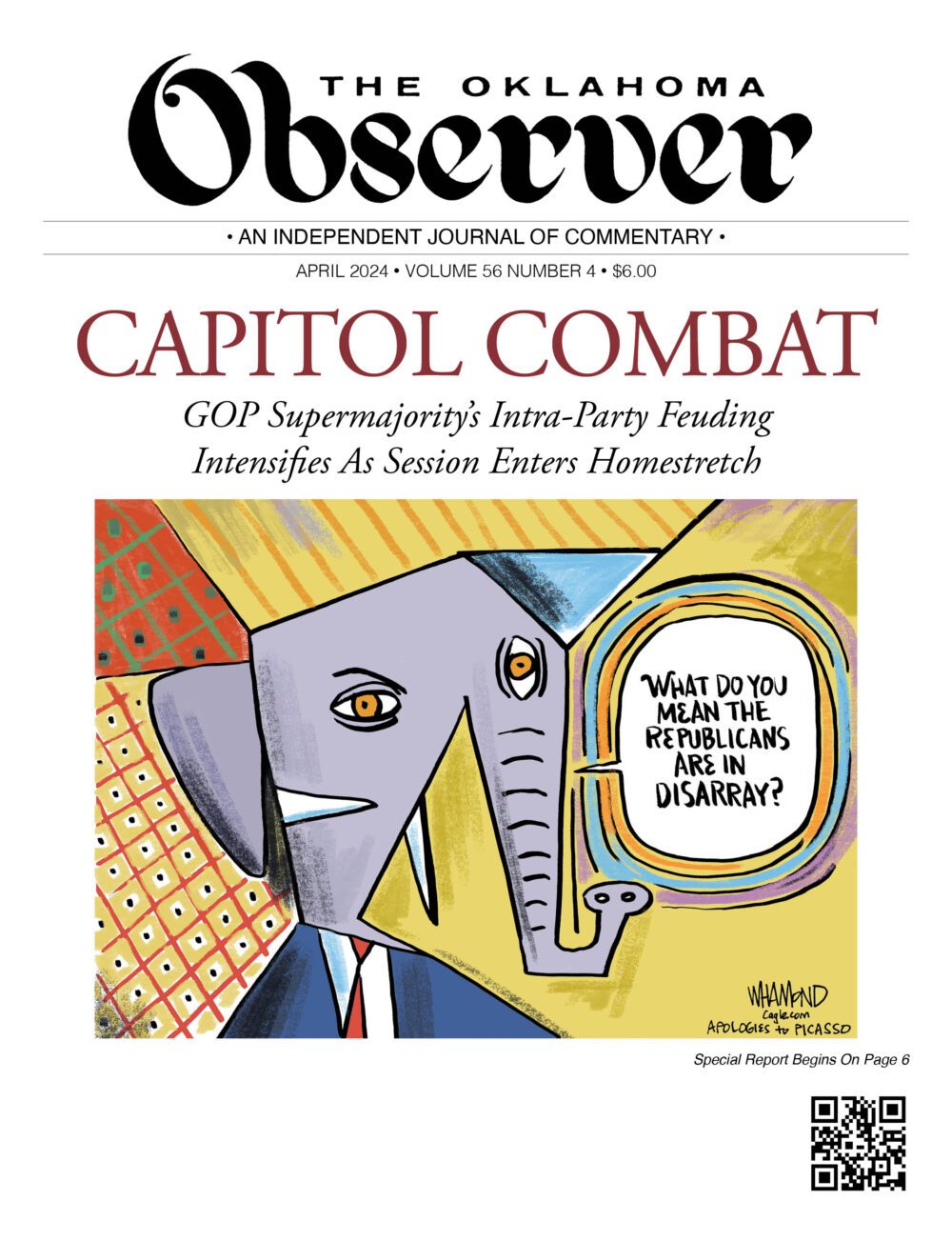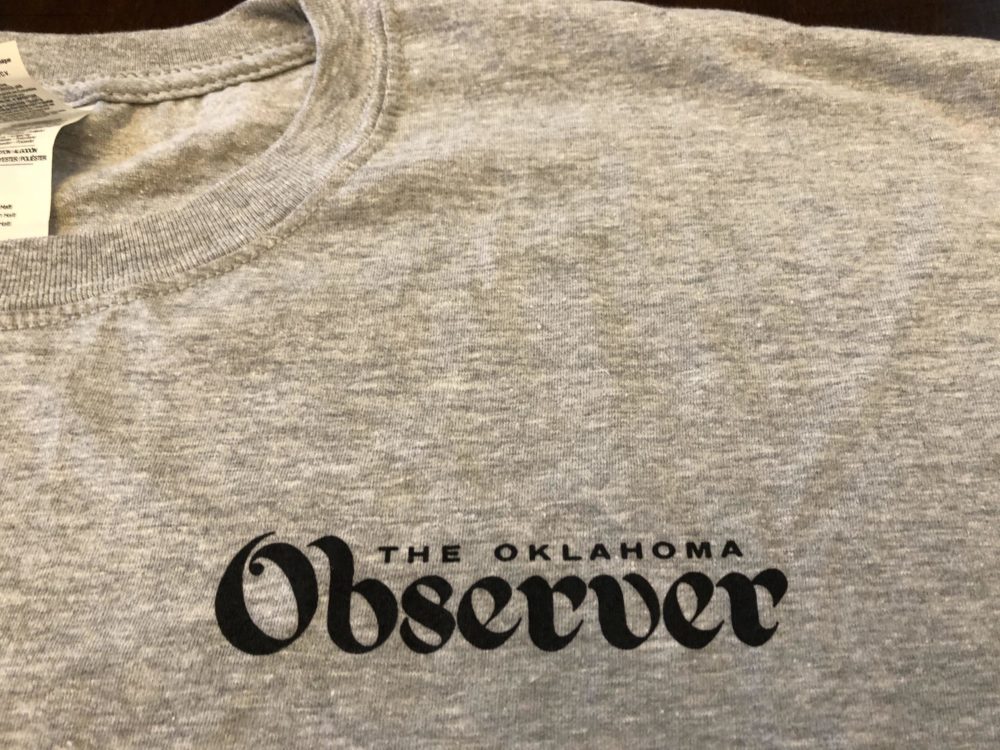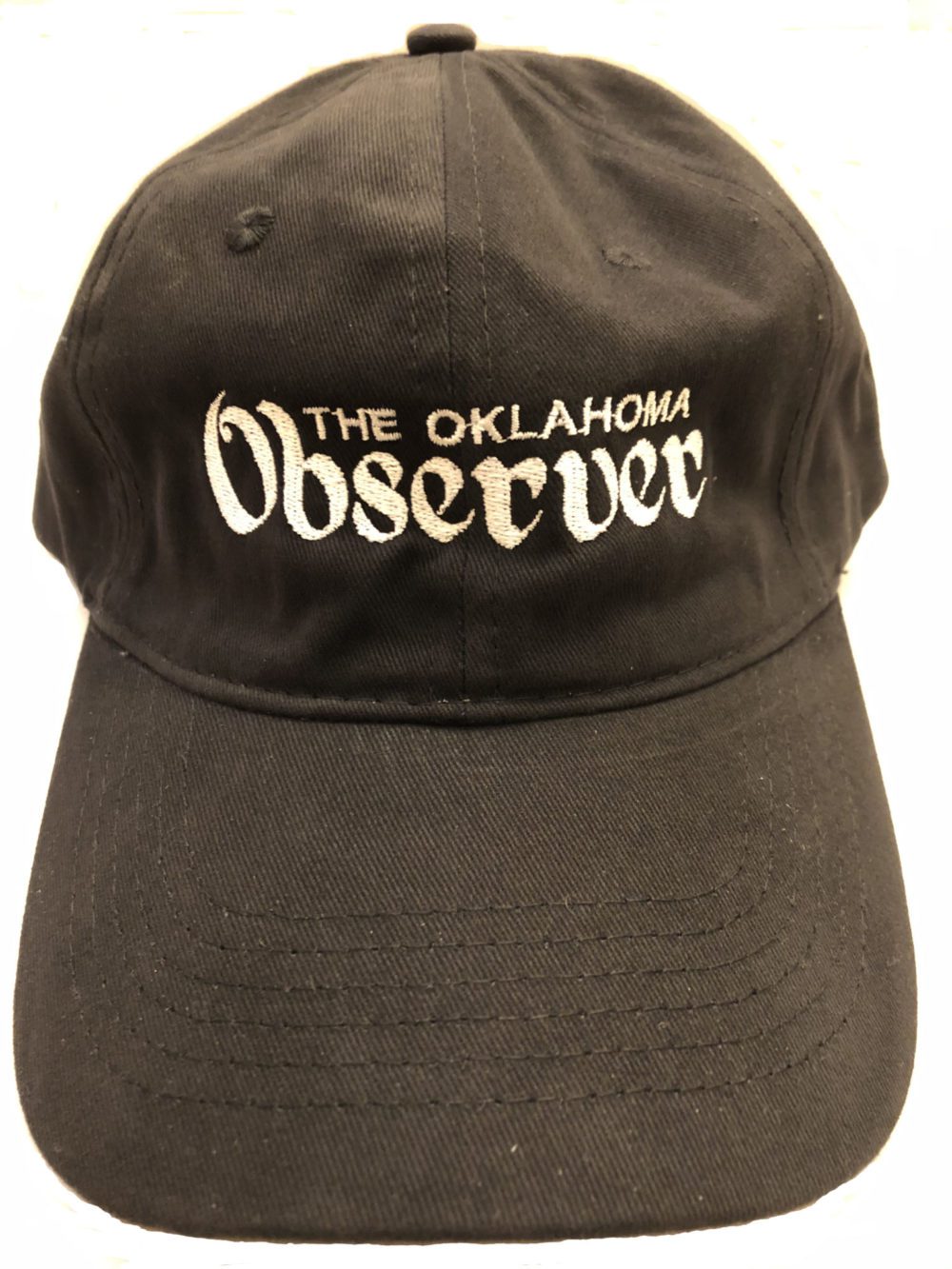BY DANNY M. ADKISON
Right after announcing the planned retirement of Justice David Souter, President Obama was quoted as saying, “I will seek someone who understands that justice isn’t about some abstract legal theory or a footnote in a case book.”
This is an odd comment coming from a former constitutional law professor.
Without some important legal footnotes, President Obama’s America would look a lot different. It would probably not be an America to his liking.
The most significant is Footnote 11 in what is probably the most important Supreme Court decision of the 20th Century: Brown v. Board of Education [1954]. The great Bernard Schwartz called it the second greatest case decided by the Court, second only to the 1803 case of Marbury v. Madison, which is typically credited with establishing the court’s power of judicial review.
Knowing its decision would be severely criticized, the court needed more than its mere assertion that the Fourteenth Amendment’s equal protection clause no longer stood for the doctrine of separate but equal as the Fuller Court had asserted in 1896. To buttress its opinion that racially segregated schools created an inferiority in the minds of the students, were inherently unequal, and that racial classifications would henceforth be subject to strict scrutiny, the court cited, in Footnote 11, seven psychological and sociological works.
A different kind of footnote is the one in the 1938 United States v. Carotene Products Co. case. Conservative justices during the Fuller Court had been using the so-called liberty to contract in conjunction with the Amendment’s due process clause to rule that the only constitutional economic theory was that of laissez-faire. This reasoning was used to strike down many regulatory laws that resulted from the rise of the industrial era.
Justice Holmes attacked the court’s approach in his classic dissent in the landmark 1905 Lochner decision, pointing out that the Constitution did not enact Herbert Spencer’s Social Statics. Holmes’ dissent became the majority’s opinion in 1937.
The 1938 Carotene Products case is all but forgotten except for Footnote 4. It was here that the court would articulate, as it had in Brown, a strict scrutiny of restrictions of individual liberty as opposed to economic regulations. From now on the justices would not challenge economic regulations [even if they appeared to be unnecessary, dangerous, or unwise] but would defer to the policymaker. The exception to this approach would be those laws infringing personal liberties.
It is mostly because of this footnote that modern justices are often criticized for being activist rather than practicing self-restraint in the area of civil liberties. That judicial boogeyman has already reared its head since Justice Souter’s pronouncement.
When President Obama announced that he would like to nominate someone with “empathy and understanding” in addition to high legal scholarship, his comments were immediately described as code words for judicial activism.
Last summer Justice Stevens reminded us of an important fact: In the Heller case the conservative block on the court reversed nearly 70 years of precedent concerning the meaning of the Second Amendment’s right to keep and bear arms. To a packed chamber Justice Scalia read the 5-4 decision.
It was Justice Stevens, however, who had the last say by specifically directing those in attendance to Footnote 39 in his dissent. He warned that a “policy of judicial restraint would be far wiser than the bold decision announced today.”
As the Fuller Court in the late 1800s and the recent court in the Heller case demonstrate, conservative justices can be just as activist as liberal ones. This, and other important lessons, can be found in the footnotes of Supreme Court decisions.
– Dr. Danny M. Adkison teaches constitutional law at Oklahoma State University and is a regular contributor to The Oklahoma Observer







